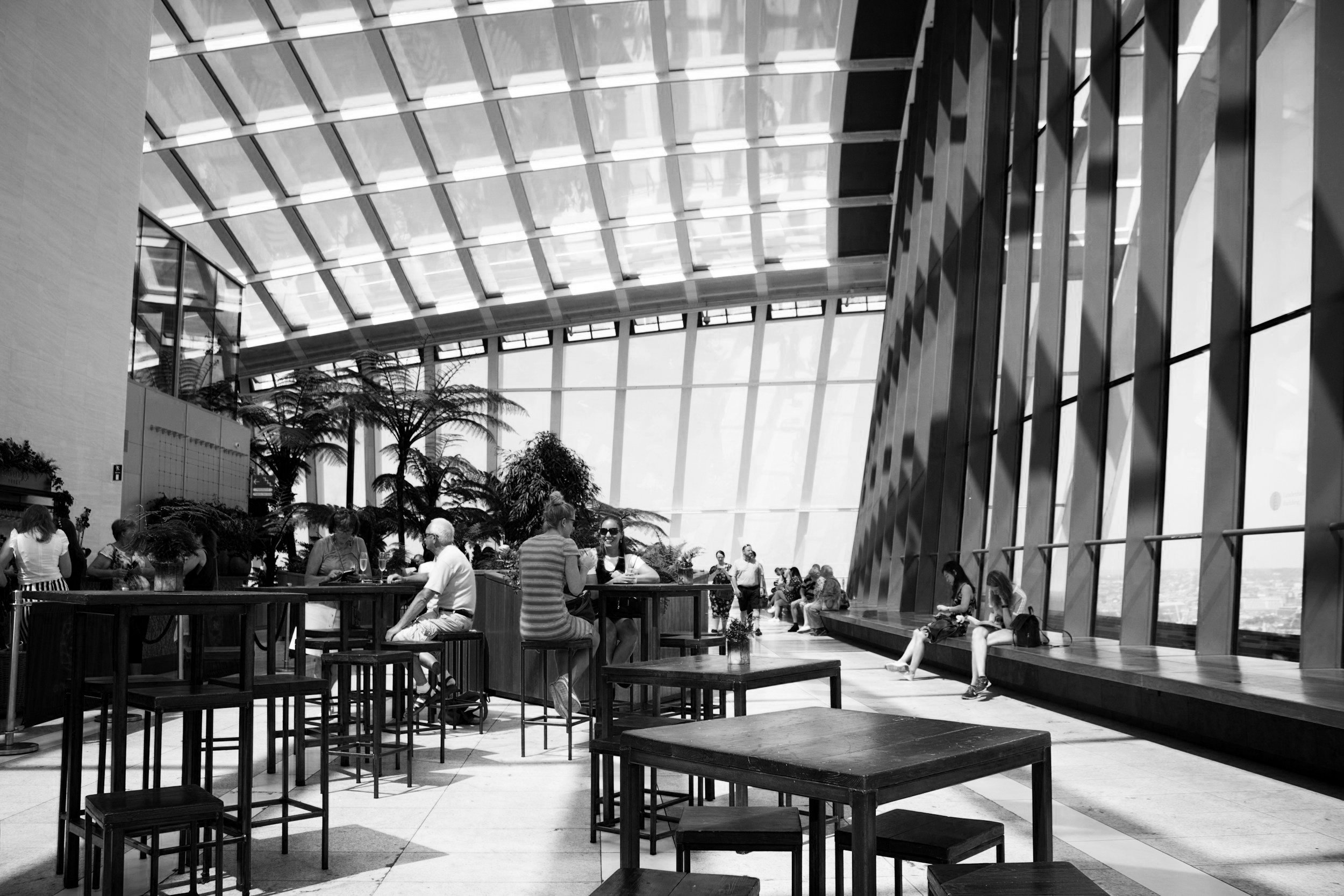Restaurant Architecture and Design Trends To Look Forward To In 2025
The restaurant industry continues to evolve, driven by innovation and a desire to craft unforgettable dining experiences. In 2025, the architecture and design of restaurants are more integral than ever, with an emphasis on technology, hyper-local influences, and wellness-centric spaces. Top restaurant owners and experts are focusing on designs that balance aesthetics, functionality, and environmental responsibility. Here are the groundbreaking trends defining restaurant architecture and design in 2025.
1. Hyper-Localized Design Narratives
Cultural Authenticity Restaurants are embracing hyper-local inspirations, reflecting the essence of their region’s history and culture. From indigenous materials to traditional art forms, each design element tells a story unique to its locale, creating an authentic connection with diners.
Collaborations with Local Artisans Custom furnishings, murals, and decor created by local artisans add depth and exclusivity. These elements not only highlight craftsmanship but also support local economies and traditions.
2. Technology-Integrated Environments
AI-Driven Personalization Spaces now feature AI-powered lighting and temperature controls that adapt to customer preferences in real-time. Smart tables equipped with digital screens offer personalized menu suggestions based on dietary preferences and previous visits.
Immersive Digital Installations Projection mapping and 3D visuals are redefining ambiance. These installations transform dining spaces into dynamic environments that evolve throughout the day, enhancing the dining journey.
3. Wellness and Biophilic Design
Spaces That Promote Well-Being Designs incorporate natural elements—such as water features, indoor gardens, and abundant natural light—to create serene, stress-free environments. Wellness-oriented restaurants are even integrating aromatherapy through subtle scent diffusers.
Ergonomic and Inclusive Design Furniture and layouts prioritize comfort, accessibility, and inclusivity. Adjustable seating, wheelchair-friendly layouts, and sensory-friendly zones cater to a broader audience.
4. Sustainability 2.0
Circular Design Practices In 2025, sustainability goes beyond materials. Restaurants are focusing on circular design principles, repurposing waste into decor or functional elements. For instance, tabletops made from compressed food waste are gaining popularity.
Energy Independence Solar panels, wind turbines, and energy storage solutions are becoming standard features. Restaurants aim to reduce reliance on external grids, aligning with global carbon-neutral goals.
5. Modular and Multi-Purpose Spaces
Transformative Layouts Restaurants are adopting modular designs that can easily shift from casual lunch setups to elegant evening dining. Movable walls, foldable furniture, and adaptable lighting systems ensure flexibility.
Hybrid Use Cases Spaces now serve multiple functions—from co-working hubs during the day to private event venues at night. This versatility maximizes revenue potential while enhancing utility.
6. Bold Aesthetic Innovations
Maximalist Design While minimalism remains influential, 2025 sees a surge in bold, maximalist interiors. Vibrant patterns, intricate textures, and eclectic decor create visually arresting spaces.
Lighting as Art Lighting fixtures are no longer just functional; they’re statement pieces. Sculptural LED installations, geometric chandeliers, and customizable lighting moods add drama and sophistication.
7. The Rise of Micro-Restaurants
Compact and Efficient Designs Micro-restaurants—small, highly curated dining spaces—are gaining popularity. These spaces emphasize intimacy and exclusivity while optimizing limited square footage.
Pop-Up Inspired Interiors Many micro-restaurants feature transient, adaptable designs. This approach allows for seasonal themes and frequent updates, keeping the space fresh and exciting.
8. Detailed Luxury: Elevating the Experience
Custom Experiences Through Design Personalized dining pods, chef-curated spaces, and interactive art displays cater to high-end clientele seeking bespoke experiences. These details amplify exclusivity and sophistication.
Luxury Materials Materials such as polished marble, rare woods, and handwoven textiles create an aura of opulence. Every surface and texture is meticulously chosen to enhance the sensory experience.
9. Outdoor Dining Redefined
Year-Round Comfort Outdoor spaces now feature advanced climate control systems, including radiant heating floors and retractable weather shields. These features ensure comfort in any season.
Natural Integration Designs blur the boundaries between outdoor and indoor dining, incorporating lush landscaping, flowing water features, and panoramic views. Rooftop gardens and terraces are especially sought after.
Conclusion
The year 2025 heralds a transformative era in restaurant architecture and design. By prioritizing authenticity, technology, wellness, and sustainability, restaurants are redefining what it means to dine out. For top restaurant owners, staying ahead in this competitive landscape requires embracing these trends and tailoring them to their unique vision. The smallest design details, combined with grand architectural gestures, create spaces that captivate and endure—setting new standards for culinary excellence.

